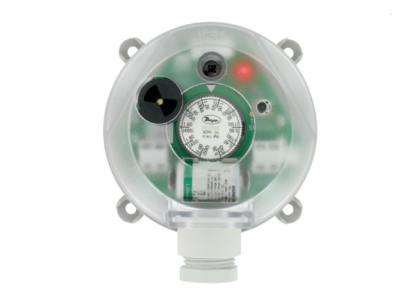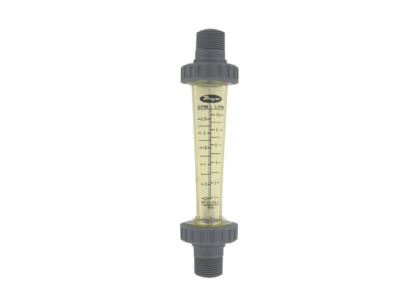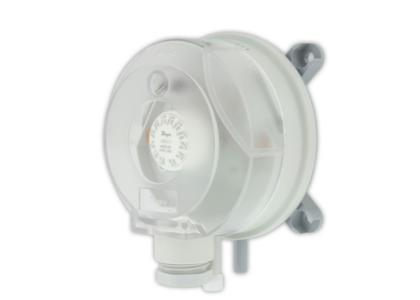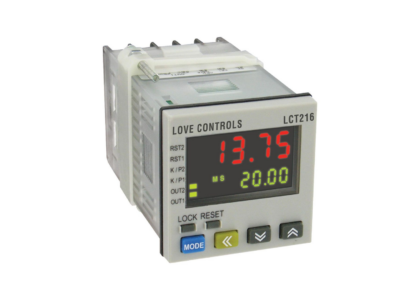Electronic components are the foundation of modern technology, enabling the functionality of everything from smartphones to industrial machinery. These small but essential parts work together in circuits to perform tasks like signal processing, power management, and communication. Whether you’re an electronics enthusiast, a professional engineer, or just curious about how devices work, understanding the basics of electronic components is key to unlocking the secrets of modern innovation.
This post explores the essential types of electronic components, their functions, and how they contribute to the devices and systems we rely on daily.
What Are Electronic Components?
Electronic components are discrete devices or physical entities in an electronic system that influence the flow of electrical current. They are classified into two main categories:
- Active Components: These components control the flow of electricity and can amplify signals. Examples include transistors, diodes, and integrated circuits (ICs).
- Passive Components: These components do not generate energy but influence the circuit by resisting, storing, or distributing electrical energy. Examples include resistors, capacitors, and inductors.
Each component plays a specific role in an electronic circuit, and together they create systems capable of complex functions.
Key Types of Electronic Components
1. Resistors
- Function: Limit current flow, divide voltage, and dissipate power.
- Common Types: Fixed, variable (potentiometers), and thermistors.
- Applications: Used in almost every circuit to control the current and protect components from excessive voltage.
2. Capacitors
- Function: Store and release electrical energy.
- Common Types: Ceramic, electrolytic, and film capacitors.
- Applications: Filtering noise, smoothing power supply fluctuations, and in timing circuits.
3. Inductors
- Function: Store energy in a magnetic field when current flows through them.
- Applications: Used in filters, transformers, and energy storage systems, particularly in power supply circuits.
4. Diodes
- Function: Allow current to flow in one direction while blocking it in the opposite direction.
- Common Types: Standard, Zener, and light-emitting diodes (LEDs).
- Applications: Rectification, voltage regulation, and as light sources in LEDs.
5. Transistors
- Function: Act as switches or amplifiers in circuits.
- Common Types: Bipolar junction transistors (BJTs) and field-effect transistors (FETs).
- Applications: Used in amplifiers, digital circuits, and power regulation systems.
6. Integrated Circuits (ICs)
- Function: Miniaturized circuits containing multiple components like transistors, diodes, and resistors.
- Common Types: Microprocessors, operational amplifiers, and memory chips.
- Applications: Found in computers, smartphones, and virtually all electronic devices.
7. Switches
- Function: Allow or interrupt the flow of current.
- Common Types: Toggle, push-button, and rotary switches.
- Applications: Used in control systems, user interfaces, and safety circuits.
8. Relays
- Function: Electrically operated switches that use a small current to control a larger current.
- Applications: Used in industrial automation, automotive systems, and power management.
9. Sensors
- Function: Detect physical changes (e.g., temperature, light, pressure) and convert them into electrical signals.
- Common Types: Temperature sensors, proximity sensors, and accelerometers.
- Applications: Found in IoT devices, robotics, and environmental monitoring systems.
10. Connectors
- Function: Facilitate the joining of electrical circuits.
- Common Types: Headers, terminal blocks, and DIN rail connectors.
- Applications: Used to connect components within systems, from computers to industrial equipment.
How Electronic Components Work Together
In an electronic circuit, components interact to perform specific functions. For example:
- A power supply provides energy.
- A microcontroller processes input signals from sensors and sends commands to actuators.
- Passive components like resistors and capacitors regulate current and voltage, ensuring safe operation.
- Active components like transistors amplify or switch signals to control the behavior of the circuit.
Why Understanding Electronic Components Matters
- Building and Repairing Devices: Knowing the role of each component allows you to design, troubleshoot, or repair electronic systems.
- Enhancing Creativity: Mastery of electronic components opens the door to creating innovative devices and solutions.
- Improving Efficiency: Understanding components helps in selecting the right parts for optimal performance and energy efficiency.
- Supporting Industry: From renewable energy to healthcare, electronics drive progress in countless fields.
Tips for Working with Electronic Components
- Learn to Read Circuit Diagrams: Understanding schematics is key to identifying how components interact.
- Use the Right Tools: Soldering irons, multimeters, and oscilloscopes are essential for working with components.
- Follow Specifications: Always check the voltage, current, and power ratings to ensure compatibility.
- Experiment Safely: Use breadboards for prototyping and double-check connections before applying power.
- Stay Updated: The field of electronics evolves rapidly, so keep learning about new technologies and components.
Conclusion:
Electronic components are the unsung heroes of modern technology, enabling innovation across industries. From simple resistors to complex integrated circuits, each component contributes to the functionality and reliability of electronic devices. By understanding these components, you can unlock the potential to design, repair, and innovate in the exciting world of electronics.



